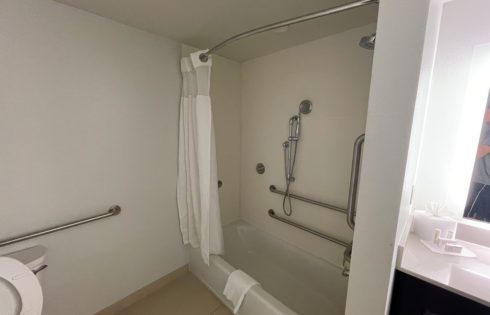
Is It Wrong to Book ADA (Accessible) Hotel Rooms (If You Don’t Need Them)?
If you’ve done a lot of traveling then you probably have thought about booking an accessible room or maybe you have just been put in one without requesting it. In

If you’ve done a lot of traveling then you probably have thought about booking an accessible room or maybe you have just been put in one without requesting it. In
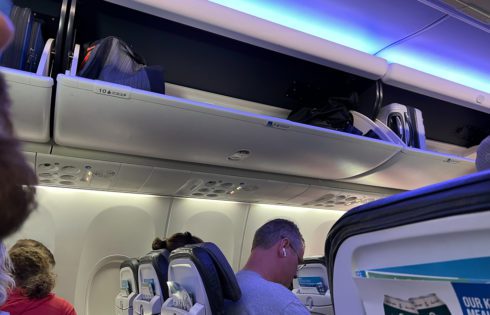
Etiquette for using the overhead storage bin spaces on a flight is a combination of written and unwritten rules that all have somewhat mixed enforceability. For those reasons, it’s not

So you are arriving at a hotel and as soon as you pull up two bellhops approach your vehicle and start transferring your luggage from your vehicle to a trolley
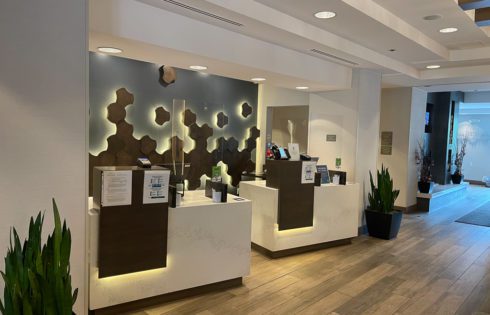
A lot of people worry about being too loud whenever they stay at hotels. The worry is that they might be disturbing other guests and eventually even get kicked out

While exploring new lands and experiencing different cultures can be exhilarating, it’s not all smooth sailing. Along the way, we encounter fellow travelers who can be quite irksome, to say
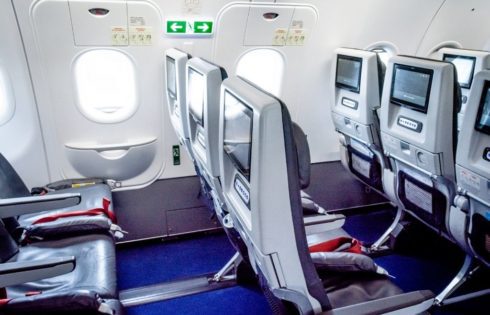
Switching seats on a plane is a hot button topic for a lot of travelers. Whether you are switching with a stranger or just trying to swap seats with a
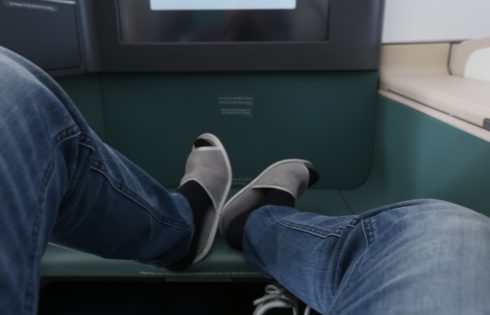
If you’ve done a fair amount of flying then you’ve probably wanted to remove your shoes at some point to increase your comfort level. But is it a breach of
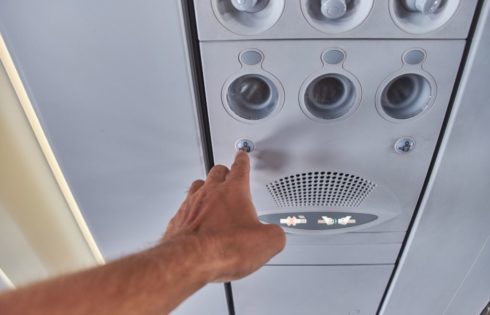
Just like reclining your seats or using a first class lavatory as an economy passenger, whether or not you should use the call button for flight attendant service is a

The great debate on whether or not passengers should be able to recline seats has been going on for a long time. It’s caused more in-flight confrontations than any of

For a lot of travelers, traveling and drinking alcohol go hand-in-hand. There’s nothing like relaxing on a vacation and having a cold one while escaping reality for a few days.
| Cookie | Duration | Description |
|---|---|---|
| cookielawinfo-checkbox-analytics | 11 months | This cookie is set by GDPR Cookie Consent plugin. The cookie is used to store the user consent for the cookies in the category "Analytics". |
| cookielawinfo-checkbox-functional | 11 months | The cookie is set by GDPR cookie consent to record the user consent for the cookies in the category "Functional". |
| cookielawinfo-checkbox-necessary | 11 months | This cookie is set by GDPR Cookie Consent plugin. The cookies is used to store the user consent for the cookies in the category "Necessary". |
| cookielawinfo-checkbox-others | 11 months | This cookie is set by GDPR Cookie Consent plugin. The cookie is used to store the user consent for the cookies in the category "Other. |
| cookielawinfo-checkbox-performance | 11 months | This cookie is set by GDPR Cookie Consent plugin. The cookie is used to store the user consent for the cookies in the category "Performance". |
| viewed_cookie_policy | 11 months | The cookie is set by the GDPR Cookie Consent plugin and is used to store whether or not user has consented to the use of cookies. It does not store any personal data. |
